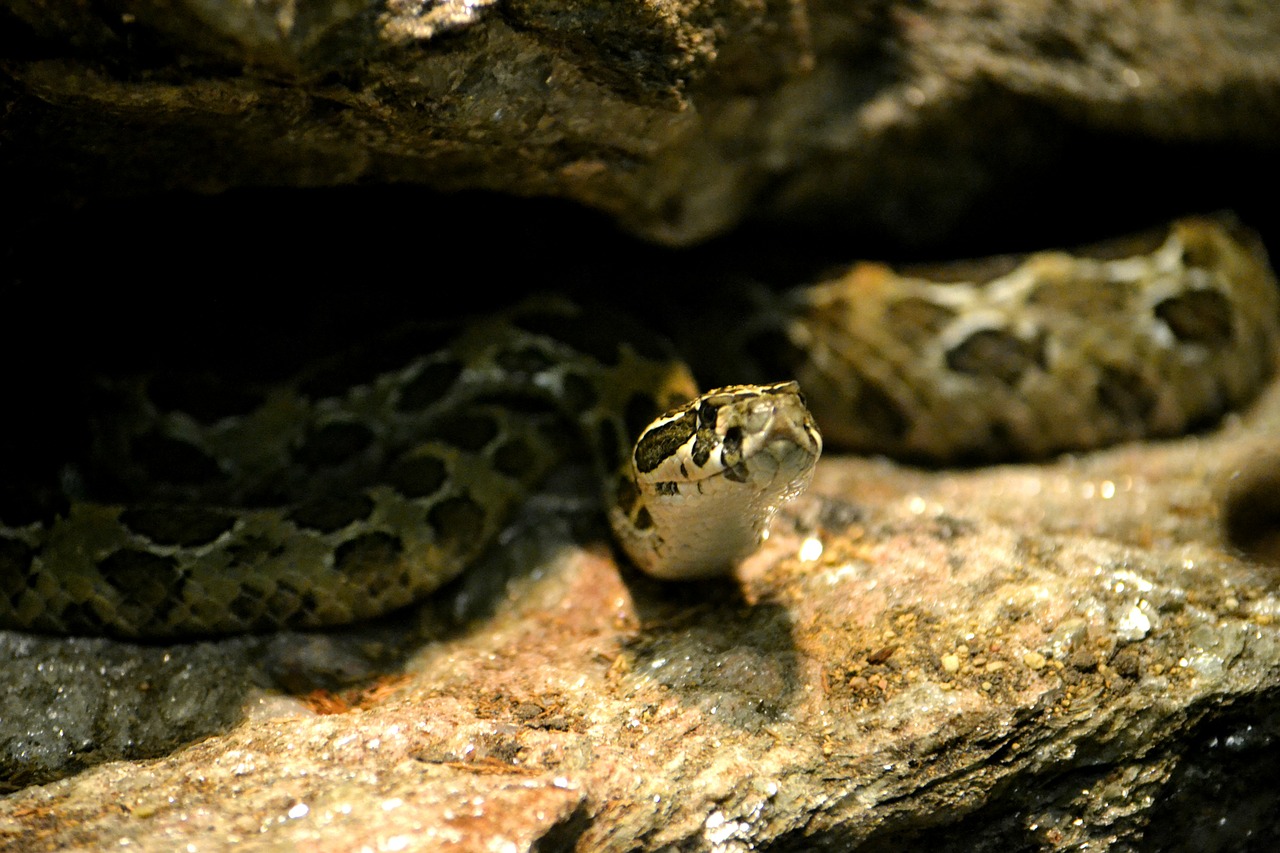Scientific classification: Anacondas belong to the Boidae family. There are four species, all in the genus Eunectes. The common anaconda is classified as Eunectes murinus, and the yellow anaconda as Eunectes notaeus, anaconda snake. The dark-spotted or de Schauensee’s anaconda is Eunectes deschauenseei.
Introduction
The Anaconda snake is the common name for large South American snakes that kill by squeezing prey. Anacondas are among the largest and most powerful snakes in the world. Female anacondas grow bigger than males and can reach enormous size, ranking as the heaviest of all snakes. Anacondas spend much of their time in water. They hunt reptiles and mammals, anaconda snake as well as fish and birds. The biggest anacondas can swallow prey as large as caimans or deer. They rarely attack humans.
The name anaconda is said to come from a Tamil word meaning “elephant killer,” originally used for pythons in Sri Lanka. Local names for the snakes in South America include the Spanish term matatoro, meaning “bull killer,” and the Native American terms sucuri, yakumama, and jibóia. Anacondas are members of the boa family and are sometimes called water boas.
Habitat
Anacondas live mainly in wet tropical regions with marshes, lakes, or rivers. They will also move into areas that flood during part of the year such as the llanos (treeless prairies) found in Venezuela and Colombia. In some regions, they use caves under tree roots along river banks as a shelter during the dry season or droughts.
Anacondas are only found in South America east of the Andes. The four species have combined ranges from Venezuela south to Argentina. The green anaconda is found through much of the Amazon River basin, as well as in the Orinoco River basin and parts of the Guiana region, anaconda snake and on the island of Trinidad. The yellow anaconda is found further south, through the Paraná and Uruguay river basins from Bolivia and southern Brazil into Paraguay and Argentina. The dark-spotted or de Schauensee’s anaconda lives in parts of northeastern Brazil and French Guiana. The Bolivian anaconda is mainly restricted to Bolivia.
Reproduction
Female anacondas give off a special scent called a pheromone that males can detect with their flicking tongues. Like some other types of snakes, anacondas sometimes form breeding balls (also called mating balls) in which many males swarm over a single female to attempt to mate. Up to a dozen or more male anacondas may wrap themselves around a much larger female, anaconda snake, trying to insert their sex organs into the female’s cloaca. The males scratch with their tiny hind leg spurs to stimulate the female to mate. A successful male leaves a waxy plug in the female’s cloaca to block other males from mating. Anaconda breeding balls take place in shallow water and can last for weeks. Females may also breed with single males they encounter.
Conservation
Anacondas are not generally hunted as food, but some tribal groups use anaconda fat as a folk medicine for respiratory ailments. In some regions, anacondas are routinely killed out of fear or as potential threats to livestock. Illegal trade in skins is now the biggest threat to anaconda populations. Habitat loss is also a problem when jungle areas in parts of South America are cleared for ranching, anaconda snake. International trade in live anacondas is possible with a permit under current Convention on International Trade in Endangered Species of Wild Fauna and Flora (CITES) regulations.

